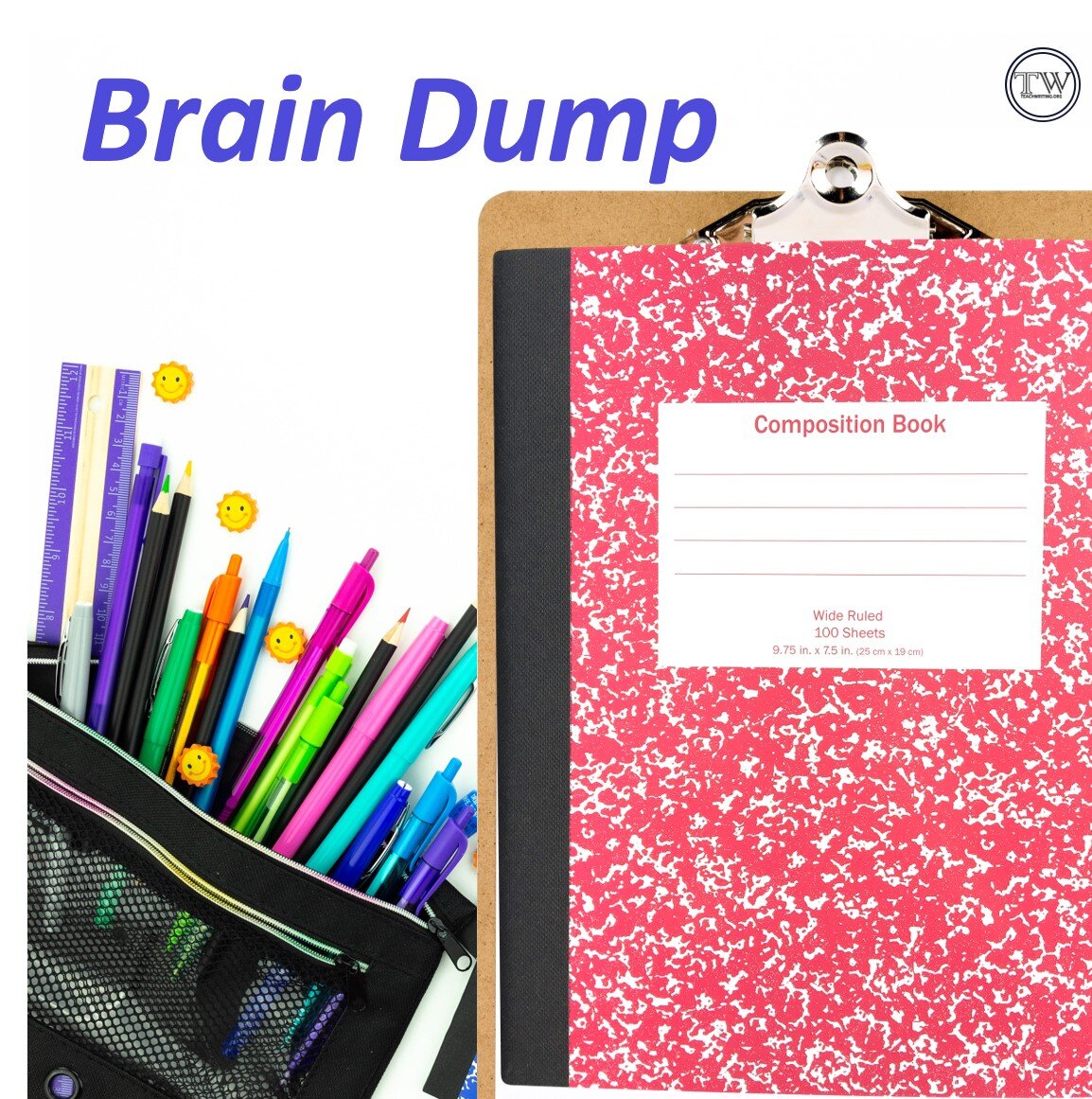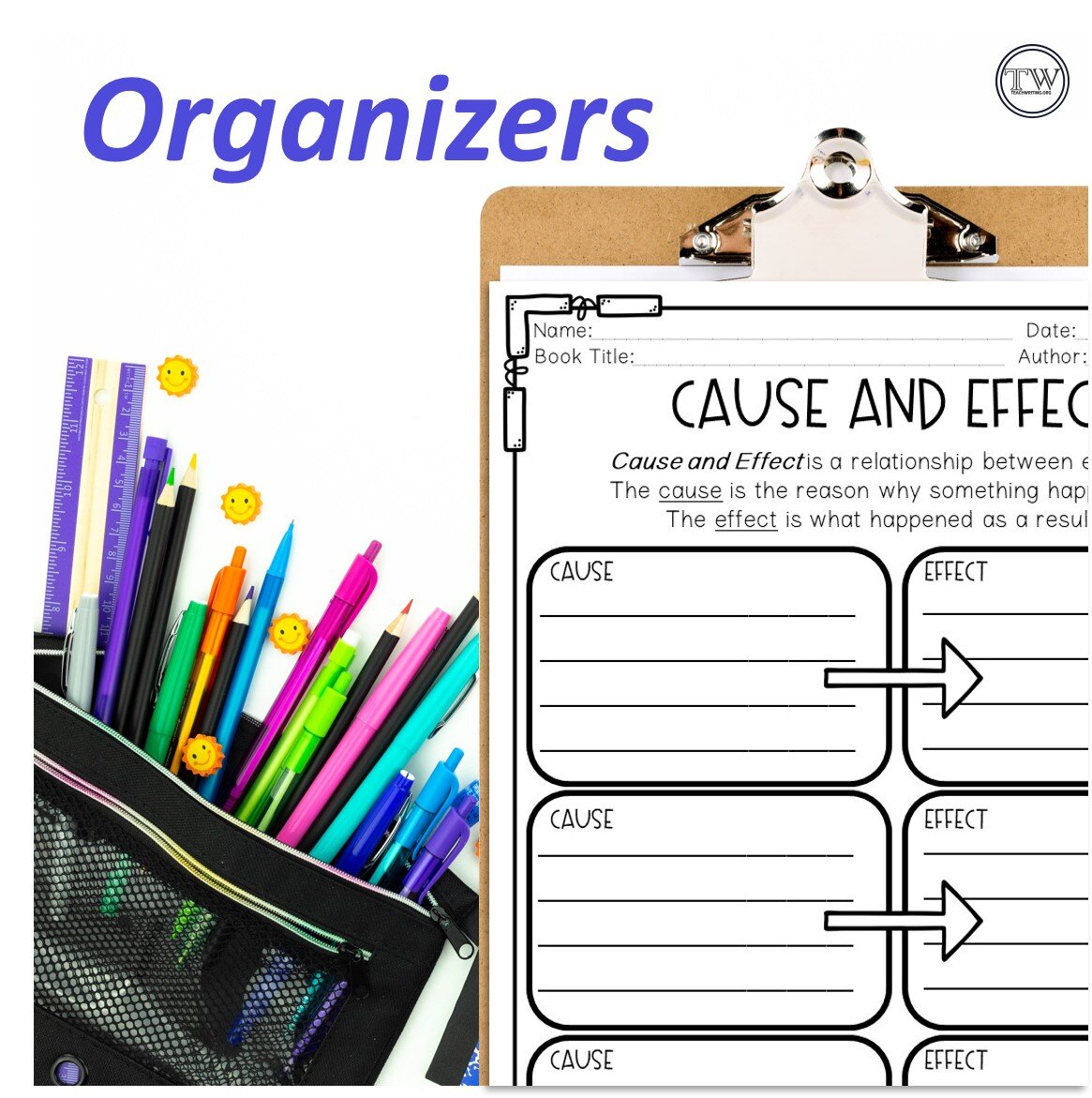3 Meaningful Ways to Get Students to Write about Nonfiction Reading
Over the years, I have found a great divide among students when it comes to reading and writing about nonfiction texts. Students either love it and cannot get enough or do not want to read or write about it all!
High-interest activities that engage students in writing about nonfiction reading are a must in my classroom! By taking notes and engaging with informational texts as they read, students become motivated to read nonfiction and are connected to the information they are gathering. Through the use of meaningful tasks, students begin to love writing about the informational texts that they read!
Writing about nonfiction reading should be a daily expectation for students. You can jazz up how your students take notes about informational texts by presenting them with different options beyond just highlighting the text or making a list of facts.
Expressing their thoughts about informational reading through writing is an essential step in our students’ development of understanding complex nonfiction content. This is especially important for fourth, fifth, and sixth graders as they begin to move away from isolated nonfiction units and dive into content area reading and writing activities.
Here are three simple yet meaningful ways that students can write about nonfiction reading during any informational unit or content reading activity. Put them into action and watch your students succeed and grow as nonfiction readers and writers, not just during ELA but all day long!
Draw it, Write It!
Consistency in reading instruction is critical! Why not have students use the reading strategies they use while reading fiction during nonfiction reading? One strategy my students love to use as they read fiction is visualizing! This reading strategy transfers easily to nonfiction reading and is a powerful way for students to comprehend challenging nonfiction texts. As students are reading informational texts have them stop periodically as they read especially when they come to a tricky concept. After they stop, have them reflect on what they read and visualize it by making a mental image in their mind. Have students create a quick sketch to show what they read and understood. The drawing should be labeled with important vocabulary words from the reading. After completing the labeled illustration, students can now easily and quickly write a paragraph to explain and summarize key points in their reading.
In action in my classroom: Students only need a notebook and pencil to create sketch illustrations as they read nonfiction. They draw a horizontal line halfway down the page. The section above the line is for their visualization sketch and labels, and the area below their line is for their paragraph. When we have reading workshop breaks, students share their illustrations and paragraph with their reading partners. Creating a simple sketch is a huge motivator and truly enables students to write detailed paragraphs about what was read! We repeat this visualization task during science and social studies content reading, too!
Try a Brain Dump!
You may use brain dumps in your home life, during lesson planning, or anytime you want to get all your ideas out of your mind at once, but have you tried using them in the classroom with your students? Brain dumps allow you to release all your thought and ideas on one topic from your mind. Brain dumps can help your students activate prior knowledge and help them to focus on the main idea of the reading. This strategy is especially helpful for struggling readers and writers.
In action in my classroom: Students use brain dumps before, during, and after reading complex informational texts. All you need is a notebook and pencil!
Before Reading: Brain dumps allow students to clear their minds before reading. Students fill a notebook page with all the information they know about the topic they will be reading. Think KWL, but just the K!
During Reading: Brain dumps allow students to collect information as they read. Students stop during their reading and fill a notebook page with important or interesting information about the main idea. There is no right or wrong way to do this step. The first few times you use brain dumps during your reading time, set a timer as a reminder to the students to stop and dump!
After Reading: Brain dumps help students review what they read! Students reread and reflect on what they dumped out during their reading and organize like information together. Students then take this organized group of information and write about what they read. All the information is already out on their paper, making it easy for students to write about their reading's main idea or key points!
Offer Specific Graphic Organizers
You may have heard me mention my accordion file folder once or twice! I love having accordion file folders in my classroom filled with various graphic organizers to match the reading and writing units I teach. The nonfiction accordion file folder is filled with graphic organizers to compare the different structures of nonfiction text. Offering students specific nonfiction graphic organizers helps them recognize the different nonfiction text structures and apply the right reading strategies to what they are reading. Graphic organizers I provide students in the nonfiction accordion folder include:
Cause and Effect
Descriptive Nonfiction
Chronological Order
Problem and Solution
Compare and Contrast
As with the use of any graphic organizer, students take the information that they gathered and recorded on the organizer and then write a paragraph about what they have read.
In action in my classroom: Expect and encourage mistakes when you first have students be in charge of the graphic organizers that they use! Before I invite students to grab a graphic organizer from the accordion file, we learn about each of the text structures. Even after many lessons on each nonfiction text structure, students will start taking notes on a graphic organizer and then realize they have the wrong text structure organizer. I love when this happens! This self-correction truly shows students’ understanding of the different text structures found in nonfiction texts.
Help your students love to read and write about nonfiction and content-area topics. These meaningful tasks will motivate students to not only be active readers but to communicate their understanding through writing! You will see a huge increase in student engagement and comprehension using these simple ideas!
Spotlight Resource
Get your students writing about nonfiction reading with this writing choice board! This set has easy to use, engaging writing prompts about informational reading, and includes both print and digital! Rubric, task directions, and more!
Related Articles You Will Love:
3 Meaningful Ways to Write About Reading
Jeanine, from Think Grow Giggle, has been teaching upper elementary students for 16 years, most recently fifth graders. When it comes to teaching, Jeanine includes her love of reading and writing in every lesson. She loves teaching writing and having the opportunity to bring out the author in each of her students. Jeanine holds a BA from Western Connecticut State University in American Studies and Elementary Education and an MA from Fairfield University in Educational Technology. In addition to being a certified elementary teacher, she is also a certified Reading Specialist for grades K-12. Living on the north shore of Long Island means that her free time is spent at the beach where she enjoys outdoor activities, reading, and spending time with her husband and three children.







